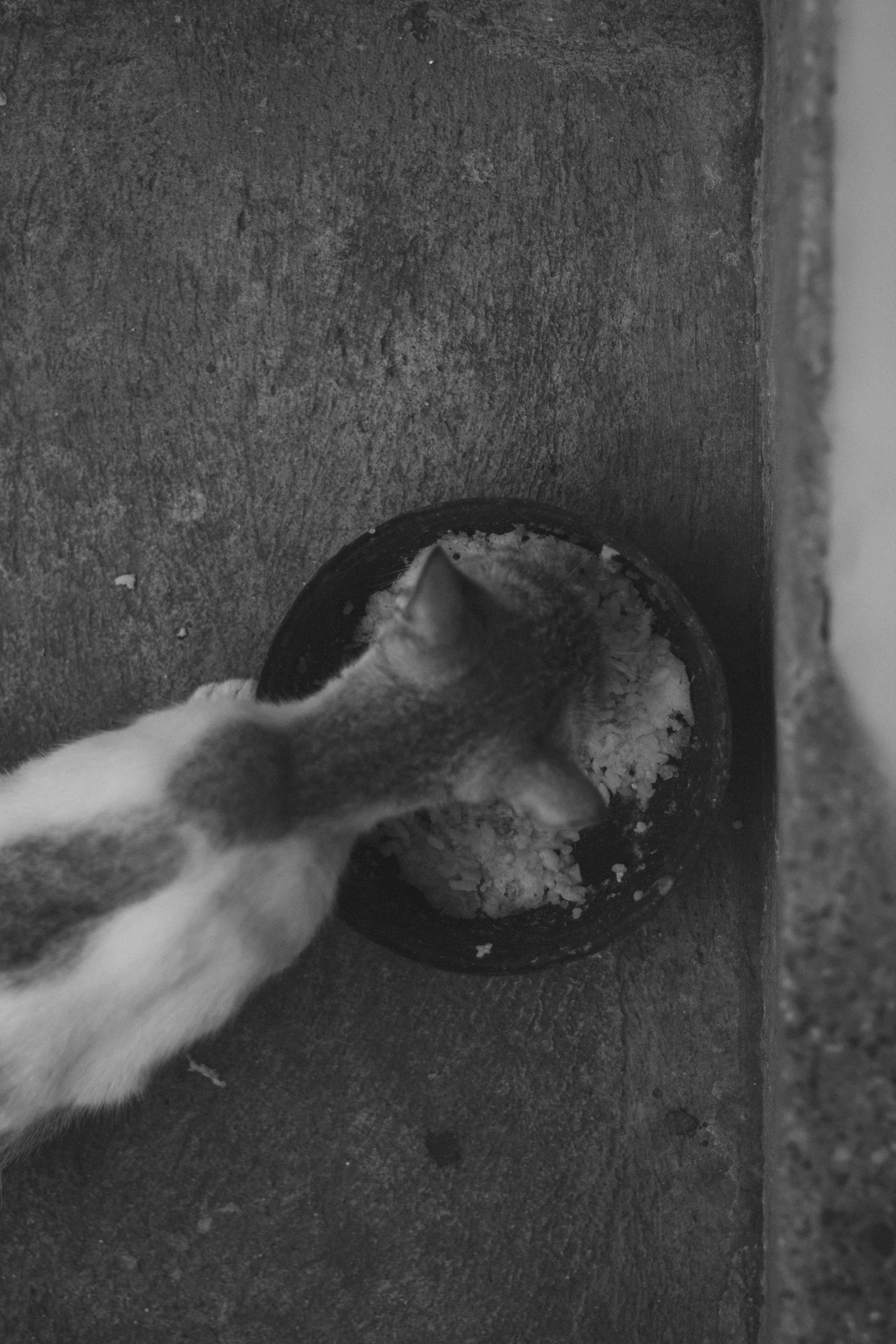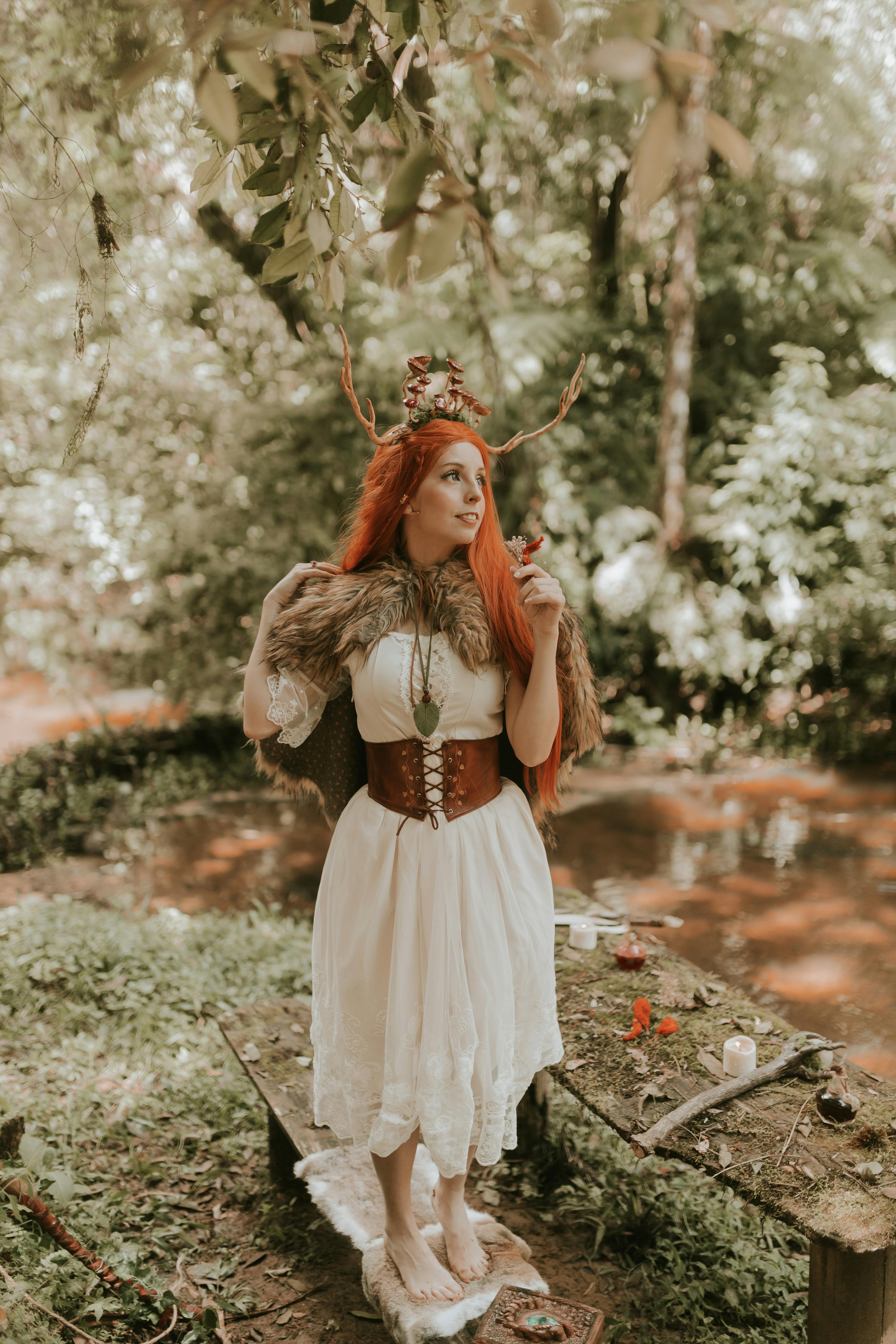
Smart Ways to Care for Neon Dwarf Gourami in 2025
The Neon Dwarf Gourami, a popular choice among freshwater aquarium enthusiasts, captivates with its vibrant colors and peaceful demeanor. Originating from the waters of Southeast Asia, these tropical fish have become a staple in many aquariums due to their beautiful appearance and relatively easy care requirements. In 2025, it's essential for aquarium owners to stay updated on the best practices for dwarf gourami care, ensuring a healthy and vibrant habitat for these delightful fish.
This article provides a comprehensive guide to caring for Neon Dwarf Gourami, focusing on tank setup, feeding habits, breeding, and common health issues. Understanding these aspects not only improves the quality of life for your gourami but also enhances the overall aesthetic of your aquarium. By following these guidelines, enthusiasts can create a thriving aquatic environment that benefits both the fish and the owner.
Key takeaways include effective tank conditions, proper diet, compatibility with tank mates, and strategies to prevent health issues such as fin rot and disease. Educating yourself on the nuances of dwarf gourami care will yield rewarding results in your aquarium journey.
Essential Guide to Setting Up a Dwarf Gourami Tank
Building a suitable environment for Neon Dwarf Gourami is crucial for their well-being. These fish thrive in a well-maintained aquarium that mimics their natural habitat. To create an ideal setting, consider the following:
Water Parameters and Conditions
Neon Dwarf Gourami flourish in water settings that reflect their native tropical environments. Ideal water temperature ranges from 24°C to 28°C (75°F to 82°F) with a pH level between 6.0 and 7.5. Regular water changes of 10-15% weekly help maintain water quality, reducing harmful toxins and waste.
Maintaining a good filtration system is essential for providing clean water while minimizing water disturbances. Gentle filtration helps mimic their natural quiet river habitats, which can reduce stress levels among your fishes.
Aquarium Size and Decorations
When selecting a tank, a minimum of 10 gallons is strongly recommended to allow sufficient swimming space and shelter. Incorporate small aquatic plants like Java Fern or Anubias to provide hiding spots and promote a sense of security.
Incorporating driftwood and rocks can further enhance the aesthetic, creating a beautiful and functional habitat for the fish. Ensure the décor is aquarium-safe to prevent toxic leaching into the water.
Lighting Requirements
Lighting plays a significant role in the health of both the Neon Dwarf Gourami and the aquatic plants in your setup. Use low to moderate lighting to promote plant growth while ensuring it does not stress the fish. A cycle of 10-12 hours of light daily can support a healthy ecosystem, aligning with the natural light conditions found in their native surroundings.
With these foundational elements in place, you can ensure a thriving environment for your Neon Dwarf Gourami, setting the stage to explore their feeding habits next.

Feeding Neon Dwarf Gourami: Habits and Diet
Understanding the feeding habits of Neon Dwarf Gourami is crucial for their health and longevity. These fish are omnivores, meaning they require a balanced diet that includes both plant and animal matter. Here are key considerations for feeding:
Ideal Foods for Dwarf Gourami
High-quality flake food formulated for tropical fish serves as the base of their diet. Supplement this with frozen or live foods such as daphnia, brine shrimp, and bloodworms, ensuring they receive essential nutrients for growth and vibrant coloration.
Adding blanched vegetables, like spinach or zucchini, can provide additional fiber and variety. This not only promotes good health but also appeals to their natural grazing behaviors.
Feeding Frequency and Portions
Young Gourami require more frequent feedings, about 2-3 times a day, while adult fish can be fed once or twice daily. The key is to provide only what they can consume within 2-3 minutes to prevent overfeeding, which can lead to water quality issues and health complications.
Observing feeding behaviors is essential. Healthy Neon Dwarf Gourami will actively seek food and display excitement during mealtime, unlike stressed individuals that may hide or show reduced appetite.
Common Feeding Mistakes to Avoid
Overfeeding is a common mistake that can lead to serious health issues like obesity and poor water quality. Additionally, relying solely on flake food without supplementation does not provide the variety needed for optimal health and color vibrancy.
By understanding their dietary needs, you can ensure your Neon Dwarf Gourami lead a healthy life, allowing us to transition into discussing their social behavior and tank mates.

Choosing Compatible Tank Mates for Dwarf Gourami
When setting up a community tank, the compatibility of your Neon Dwarf Gourami with other fish species is paramount. The right tank mates can enhance their colors while contributing to a balanced and harmonious environment.
Recommended Tank Mates
Peaceful species such as guppies, corydoras catfish, and small tetras make excellent companions for Neon Dwarf Gourami. Their calm nature promotes a tranquil atmosphere, beneficial for the gourami's well-being.
Avoid aggressive fish or those that may nip at their fins, as this can lead to stress and territorial disputes. Researching potential tank mates before introducing them can save you from future conflicts.
Understanding Aggression Levels
While Neon Dwarf Gourami are generally peaceful, males can exhibit territorial behaviors when vying for space or during mating. Observing their interactions is crucial to ensure everyone in your tank is comfortable and not showing signs of stress.
Creating plenty of hiding spots with plants and decorations allows all fish to establish their territories, reducing physical confrontations.
Schooling Behavior in Dwarf Gourami
Neon Dwarf Gourami display schooling behavior, meaning they prefer to be around their kind. Keeping a group of at least five can help them feel secure and reduce stress levels significantly. However, managing male populations is crucial to prevent aggression.
With that foundation in place, understanding their breeding habits becomes the next vital aspect of effective dwarf gourami care.
Its part of generated content. Can i generate another part?